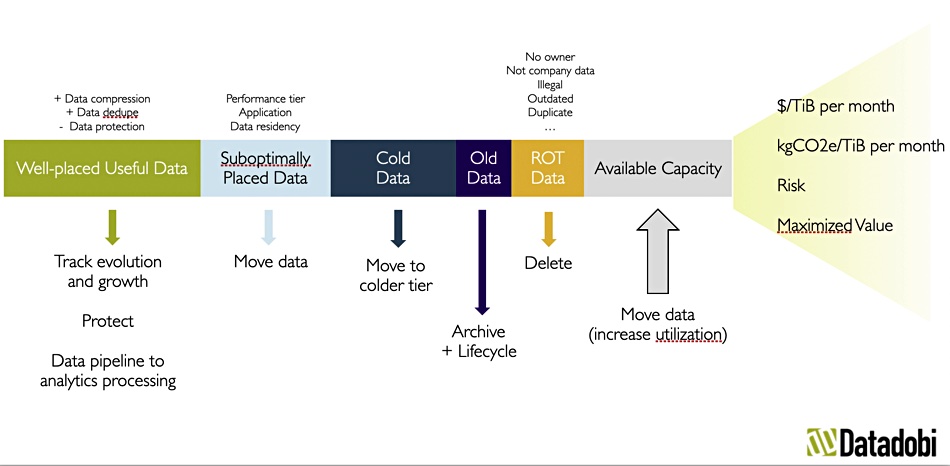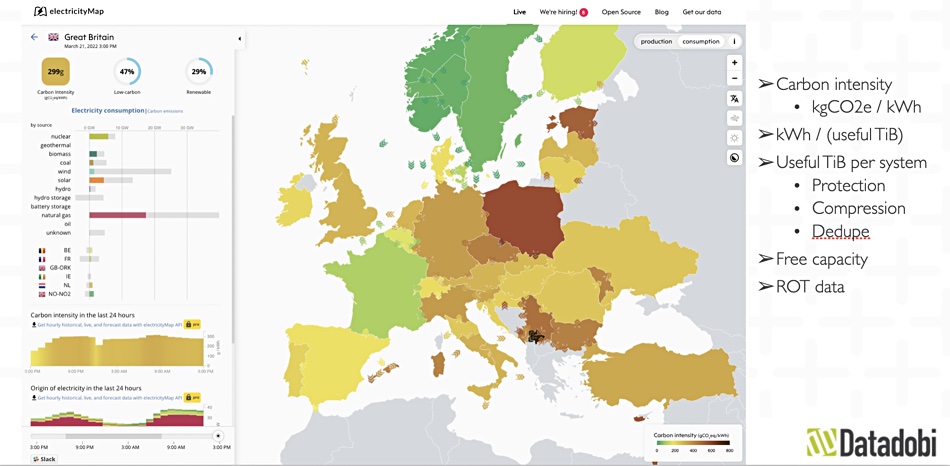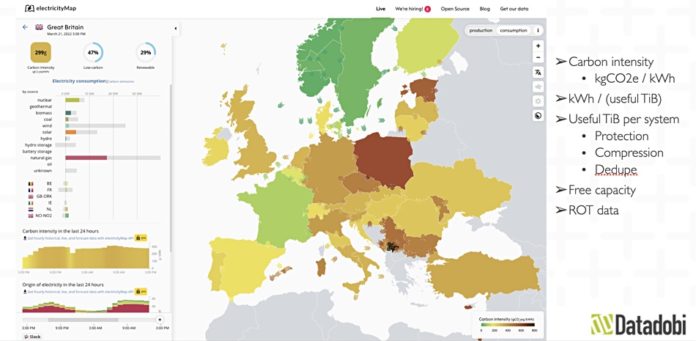Datadobi claims its new StorageMAP product can chart entire file and object storage estates, revealing a customer’s unknown data arsenal and shining light on their low-value or useless data that is wasting IT spending and hiking up the carbon footprint.
The uncontrolled accumulation of file and object data by private businesses and public sector bodies is putting them under increasing budget pressure. Filers and object systems are filling up with uncharted oceans of data.
What a business doesn’t know it has cannot be used – or even stored in the right place. StorageMAP has a file and object scanning engine that’s part of Datadobi’s migration product and produces metadata about unstructured data that can be viewed through a management GUI.
Datadobi CTO Carl D’Halluin said: “Enterprises cannot handle the pace of unstructured data growth on their own. Managing unstructured data across today’s heterogeneous environments is a specialist activity,” which needs tools such as StorageMap.
One of the first things customers can find with it is the number files and objects they have, who they belong to and where they are stored. Customers might find, for example, multi-terabyte folders belonging to ex-employees which are still being backed up – perhaps because the offboarding process didn’t work as intended.

Once the resident techies know what they have and where it’s stored, they can start assessing its value – ie, the number of accesses in the last week or month – and take action if it is on the wrong tier of storage. They can find the redundant, obsolete, and trivial (ROT) data and delete it, reducing storage costs. They can assess the risk profile of the data, and the type of action to take on it.
Storage admins can identify data that could feed analysis routines in the public cloud and move it there; or add their own tags (custom metadata) to file and objects so that they can track environmentally sensitive aspects of data storage. StorageMAP helps organizations to meet their CO2 reduction targets through carbon accounting of unstructured data storage in the cloud and in the datacenter, or so DataDobi claims.
Reducing an enterprise’s carbon footprint is becoming a more pressing concern for board members and CEOs. Knowing, for example, the carbon footprint of datacenters in different countries, and knowing where data is stored, means techies can consider moving it from a high carbon footprint datacenter to a lower one. They can also measure and monitor the carbon intensity of your unstructured data storage.

Vinny Choinski, senior lab analyst at ESG, said: “One of the biggest challenges I see IT operations facing today is the fact that they do not have a single view into the entire data storage environment or the ability to organize and restructure their data quickly and easily. Without that, it is practically impossible for IT to improve operational efficiency and to make their piles of unstructured data work for the business.”
StorageMAP is sold as a “pay-as-you-grow” model that allows customers to first understand their unstructured data environment before committing to take any necessary actions required by the business. Datadobi sells purchasable Action Add-ons such as a migration package.
Other suppliers provide software which can be used to index and locate files and objects, such as Data Dynamics with StorageX file lifecycle management SW; Hammerspace and its global file data environment; and data lifecycle management supplier Komprise.
Krishna Subramanian, co-founder, COO and president of Komprise, took issue with having separate functions within a lifecycle offering: “Analytics is key to effective data management but perhaps even more important is how it is incorporated. The industry practice of a separate analytics function that has to tag data and a separate migration module that moves data and disrupts user access is cumbersome and difficult to adopt.”
In her view: “We find one platform for analytics, automated policies derived from the analytics and transparent data management is key to exabyte-scale adoption.”
Datadobi said its functions are integrated and StorageMAP is a fully-fledged data management platform, putting companies in control of their data’s cost, carbon footprint, risk, and value.








